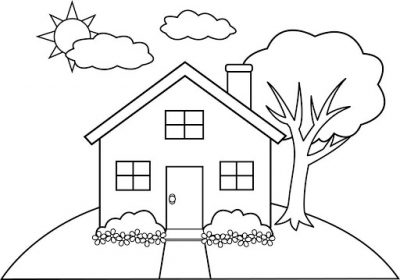
The Home Health/Care Industry quickly stepped up to the plate during the COVID pandemic. The demand for services ballooned almost over-night, and providers responded with a fierce determination to serve those in need.
The challenges were not that different from long term care. However, one might argue they were a bit more challenging due to the remote nature of the workforce.
COVID testing and protocol training required an enormous amount of coordination. Another challenge was the lack of testing for the home-bound elders, and discovering that in desperation for care, dishonesty of symptoms was a factor.
Transforming Aging in Place
There is no question that most people in need of care assistance wish to remain at home, for as long as possible. The reality is that meeting this societal expectation is nearly impossible, for many reasons.
Workforce. The United States is not investing in building a sustainable workforce.
Regulation. The current regulations constrain homecare service delivery. In Illinois, the Home Health/Services regulations were last updated in 2006. This is a likely scenario in other states as well.
Training. It is time to update content and delivery methods to meet the needs of a remote workforce.
Join in a round-table conversation with Susan Scatchell, Business Development Director of Gentle Home Services and Pam Brandon, President and Founder, AGE-u-cate. Susan and Pam will discuss the challenges and opportunities to transform the experience of aging in place.
Register here for Home Sweet Home: Transforming Aging in Place. Wednesday, March 17, 1:00pm CST.
We hope you are able to join the discussion and help to re-imagine the future of this vital industry.
 Julie has worked in Aging Services for over 30 years and has been a Licensed Nursing Home Administrator since 1990. She is a the Director of Grants and Consulting Projects and a Certified Master Trainer with AGE-u-cate Training Institute. In addition, she is an instructor and of Gerontology and Leadership in Aging Services at Northern Illinois University and lives in the Chicago Northwest Suburb of Mount Prospect, IL.
Julie has worked in Aging Services for over 30 years and has been a Licensed Nursing Home Administrator since 1990. She is a the Director of Grants and Consulting Projects and a Certified Master Trainer with AGE-u-cate Training Institute. In addition, she is an instructor and of Gerontology and Leadership in Aging Services at Northern Illinois University and lives in the Chicago Northwest Suburb of Mount Prospect, IL.


